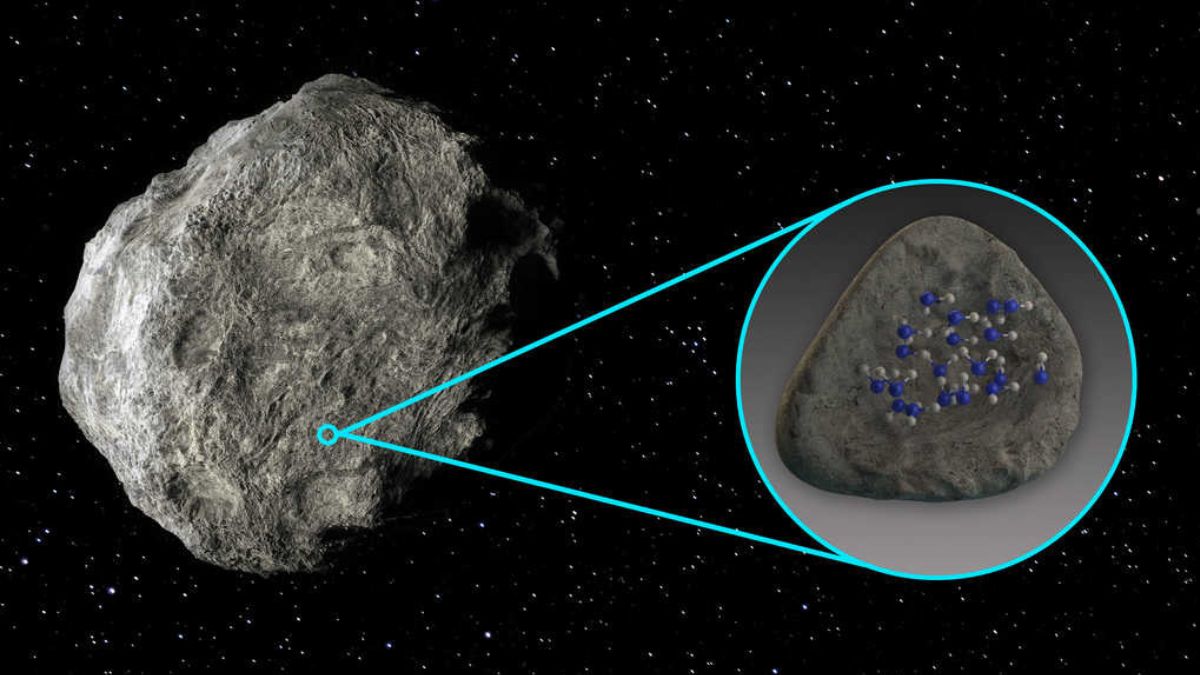JAKARTA Several scientists from the Southwest Research Institute (SwRI), a non-profit research organization, observed four asteroids rich in silicates. From these studies, they found water molecules.
The four asteroids they examined were Iris, Massalia, Partenope, and Melpomenese. All of these asteroids were researched using data from FORCAST, an infrared camera instrument for the Stratospheric Observatory for Infrared Astronomy (SOFIA).
One of the researchers from SwRI, Anicia Arredondo, said that Iris and Massalia have features that can be associated with water molecules. To prove the presence of these molecules, scientists attribute their features to the findings of water molecules on the Moon.
We detected features clearly attributed to water molecules in the asteroids Iris and Massalia. We base our research on the success of a team that finds water molecules on the surface of the Moon illuminated by the sun, "said Arredondo.
Several years ago, SOFIA detected water molecules in one of the largest lunar craters, precisely in the southern part of the moon. The telescope found water weighing 12 ounces or the equivalent of one water bottle inside a cubic meter of ground from the lunar surface.
The findings of water molecules in the lunar soil were compared by researchers at SwRI. According to Arredondo, he and his colleagues deliberately used data from SOFIA to find spectral signatures in Iris and Massalia.
The abundance of water in asteroids is consistent with the abundance of water in the Sun-lit Moon. Likewise in asteroids, water can also be bound to minerals and isabsorbed in silicates and trapped or dissolved in silicate collision glass, "explained Arrendondo.
SEE ALSO:
Unfortunately, researchers were unable to find water molecules in the asteroids Parthenope and Melpomenes because of the data that looked dim. It seems that the FORCAST instrument is not sensitive enough to detect water molecules in the two asteroids.
Although water molecules are only found in Iris and Massalia, these findings provide new insights. By studying the water in the two asteroids, researchers may be able to find the origin of the water coming to Earth.
Asteroids are the remnant of the planet formation process, so their composition varies depending on where they form in the solar nebula. What's interesting is the distribution of water in asteroids, because it can explain how water is sent to Earth.
The English, Chinese, Japanese, Arabic, and French versions are automatically generated by the AI. So there may still be inaccuracies in translating, please always see Indonesian as our main language. (system supported by DigitalSiber.id)


















